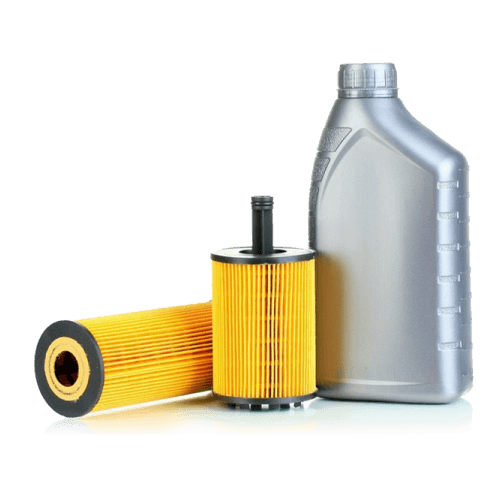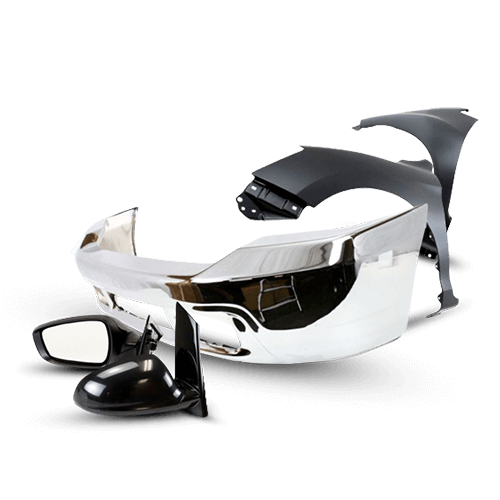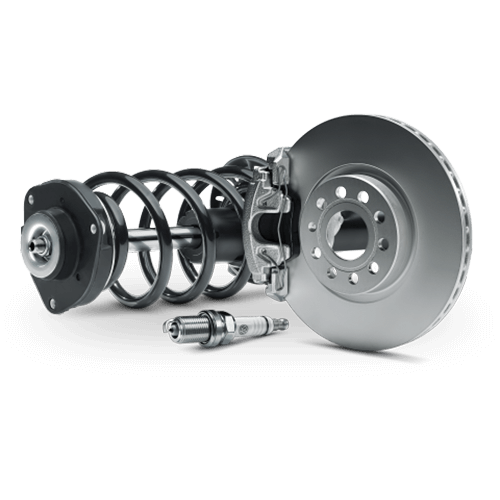TOYOTA 4Runner

TOYOTA 4Runner
Iconic Toyota 4Runner is one of the most popular SUVs in the market. In 2019, iSeeCars.com ranked Toyota 4Runner at number five in to be the longest-lasting vehicles in the US. According to the study, 3.9 percent of Toyota 4Runner had over 200,000 miles! Initially, the 4Runner was a compact SUV model, and the 4Runner was a Toyota pickup truck with fiberglass chassis over the bed. However, the 4Runner later changed to mid-size SUV, and with the change to the body chassis, the model has undergone a significant amount of redesigns. Toyota 4Runner, at least in the North American market, always used halogen bulbs for their lighting needs. As we will explain, this is one of the reasons why many 4Runner owners chose to either installed the HID xenon conversion kit or the LED light bulbs.
We will skip over the first (N60; 1984~1989) and second-generation (N120/N130; 1989~1995) Toyota 4Runners, and start from the third generation.
Third Generation Toyota 4Runner (N180; 1995~2002)
The third generation of 4Runner introduced an all-new body and chassis, increased interior space and cargo space, dual airbags, lift-up tailgate, coil-spring suspension all around, rack and pinion steering, and aerodynamic contour designed glass headlights. One unique difference from the other SUV competitors was that when others were making their vehicle for the highway comfort, Toyota retained the rugged off-road character of the 4Runner. H4/9003 is 4Runner's high and low beam size and H3 for the fog lights. Before the development of the LED headlight bulbs, Blesk H4 HID conversion kit was popular, both for its durability and built-in CANbus within the ballast unit.
Fourth Generation Toyota 4Runner (N210; 2002~2009)
The Fourth Generation Toyota 4Runner continued to marketed as a mid-size semi-luxury SUV with off-road capabilities. Toyota made some various improvements, but the most significant addition was the V8 4Runner model. The other change at the end of 2009 was that Toyota ceased production of Hilux Surf (The brand name that 4Runner was in Japan) In between 2003 to 2009, the low beam size used was 9006 (HB4), 9005 (HB3) for high beam, and 9006 for fog lights. However, with 2006 4Runner, the low beam size was switched to H11, offering more options in the bulb selections. Of course, many 4Runner owners started to change the standard halogen H11 to aftermarket LED headlight bulbs. DAMA KFV LED H11 headlight bulb was the LED bulb that many of our customers installed on their 4Runner. Some of the feedback we received from the customers told us that DAMA KFV LED bulbs were much brighter, and they especially loved the white color.
Fifth Generation Toyota 4Runner (N280; 2009~Present)
On September 24, 2009, Toyota presented the fifth generation 4Runner to the public. Built on the same platform as the Toyota FJ Cruiser, the V8 model did not carry over to the fifth generation. Along with the facelift in the 2014 model, 4Runner received several significant add-on's and improvements, but the headlights stayed relatively the same with H11 for the low beam and 9005 (HB3) for the high beam. From 2010 to 2013, Fog light bulb size changed to H11, and in 2014 to present, Toyota started to use H16, factory-installed LED bulb for the 4Runner's fog light assembly. LED light bulb being whiter than the halogen bulb, most 4Runner owners installed DAMA KFV H11 LED headlight bulbs to match the color output of the factory-installed LED fog light assembly. Finally, the low beam position for the fifth generation Toyota 4Runner is different from most other vehicles. Instead of the bulb going straight 12 O'clock position, the low beam is angled a bit to 7 O'clock-ish side. This should be taken into consideration when installing the aftermarket LED or HID xenon bulbs to make sure that there is ample room available.
BLESK H4 HID XENON CONVERSION KIT
DAMA H11 KANJI FOCUS VISION (KFV) LED HEADLIGHT BULBS






